Altos Pirais #02
COUNTRY:
Peru
REGION:
San Ignacio
PRODUCERS:
Altos Pirais #02
VARIETAL(S):
Caturra, Catuai, Bourbon
PROCESS:
Natural
ALTITUDE:
1600 – 2000 MASL
CUPPING NOTES:
Creamy, Sweet Cup with Notes of Malted Cocoa, Cherry, Pralines and Honey.
Additional Info
This farm blend has been produced under the name of Alto Pirias with coffee from 5 farmers. Their land is located approximately 40 minutes from the Chirinos district in San Ignacio, and the area’s main water source is a spring. Besides growing coffee, the producers have dedicated themselves to other activities, such as working in wineries and doing community work to generate a higher income for their families.
The producers who contributed to this lot are:
• Damian Espinoza
• Jose Angel Espinoza
• Sergio Ortiz Garcia
• Aurelio Marin
• Clever Acosta
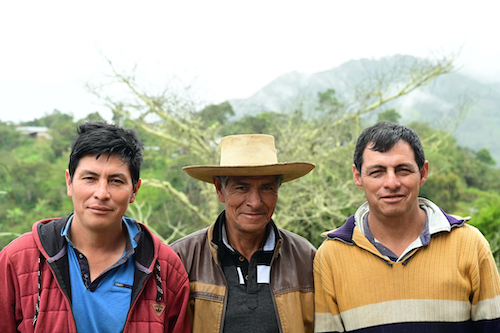
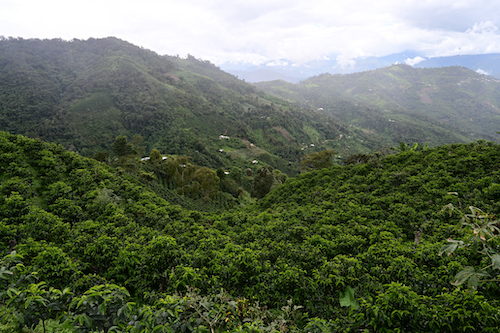
At the farms:
A typical farmer within this program will, on average, have just above 2 hectares planted with coffee. The producers are organic certified. The equipment can be extremely simple, but coffees can still be amazing. Some have their own parabolic dryers, others dry on plastic outside their farms, or use a drying facility at their neighbour’s or relative’s place. It sounds rough, but the truth is that we have seen amazing coffees, well dried on plastic just outside their front door.
Varieties:
Like most places in northern Peru, the varieties of the group will often be mixed, and many of the trees have been in the region for almost 40 years. They mainly have local Caturra, Catuai, Bourbons, some typical, and Catimor. But Catimor is both rare and diminishing. The local producers call the non-Catimor trees “Bourbon” or “Costa Rica,” even if they could be Caturras or Catuai, etc.
Picking:
The farms are family operations and everyone will normally contribute. A few might have employed pickers in the harvesting season, but the farmers and family members also help each other picking coffee in the harvesting season. They have something called “Mingas” which are like working bees or barn raising events to pick all the coffee on a single farm. Locals translate minga as “today for you, tomorrow for me”. They will try to pick in passes according to when they have enough ripe cherries on the trees.
Processing:
After harvesting they will pulp and ferment the coffees in their micro mills at the farms. It’s normally a small pulper and a wooden or concrete fermentation tank. But many are also fermenting in bags. Within this group, there are two main methods of processing. In the first method, cherries are picked in the morning and floated immediately after harvesting to remove overripe and defective cherries. The next day, very early in the morning, the producer will remove the skin and fruit with mechanical de-pulpers. The second method involves pulping the cherries in the mechanical de-pulpers immediately after harvest. In both cases, the process is without water, meaning dry fermentation. They generally ferment in tanks or bags from 15 to 24 or 48 hours. After that, they will wash and rinse the parchment before it’s moved for drying.
Drying:
The farmers in this place dry most of the coffee on a plastic tarp or have small polypropylene tents on the ground, under a shade. They will properly cover the parchment at night. Only 2 of the 12 producers dry on tables. The drying time is 12-25 days, targeting moisture levels between 9-11%.
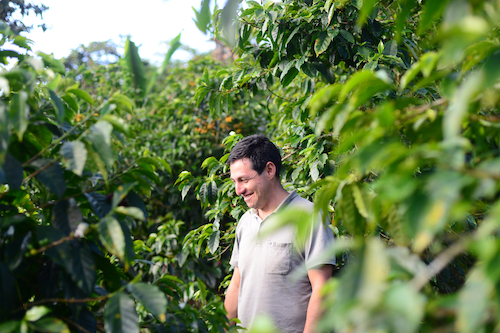

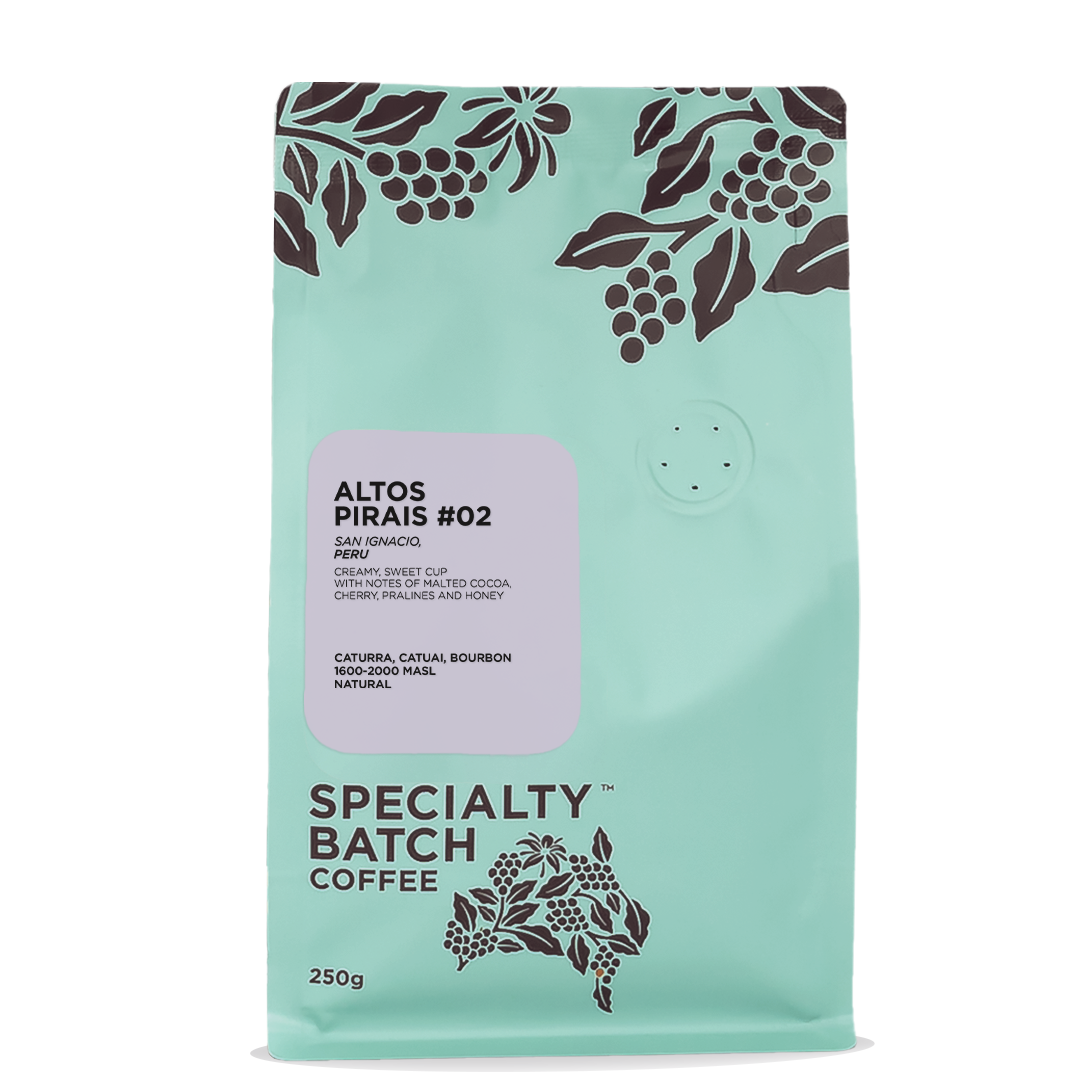
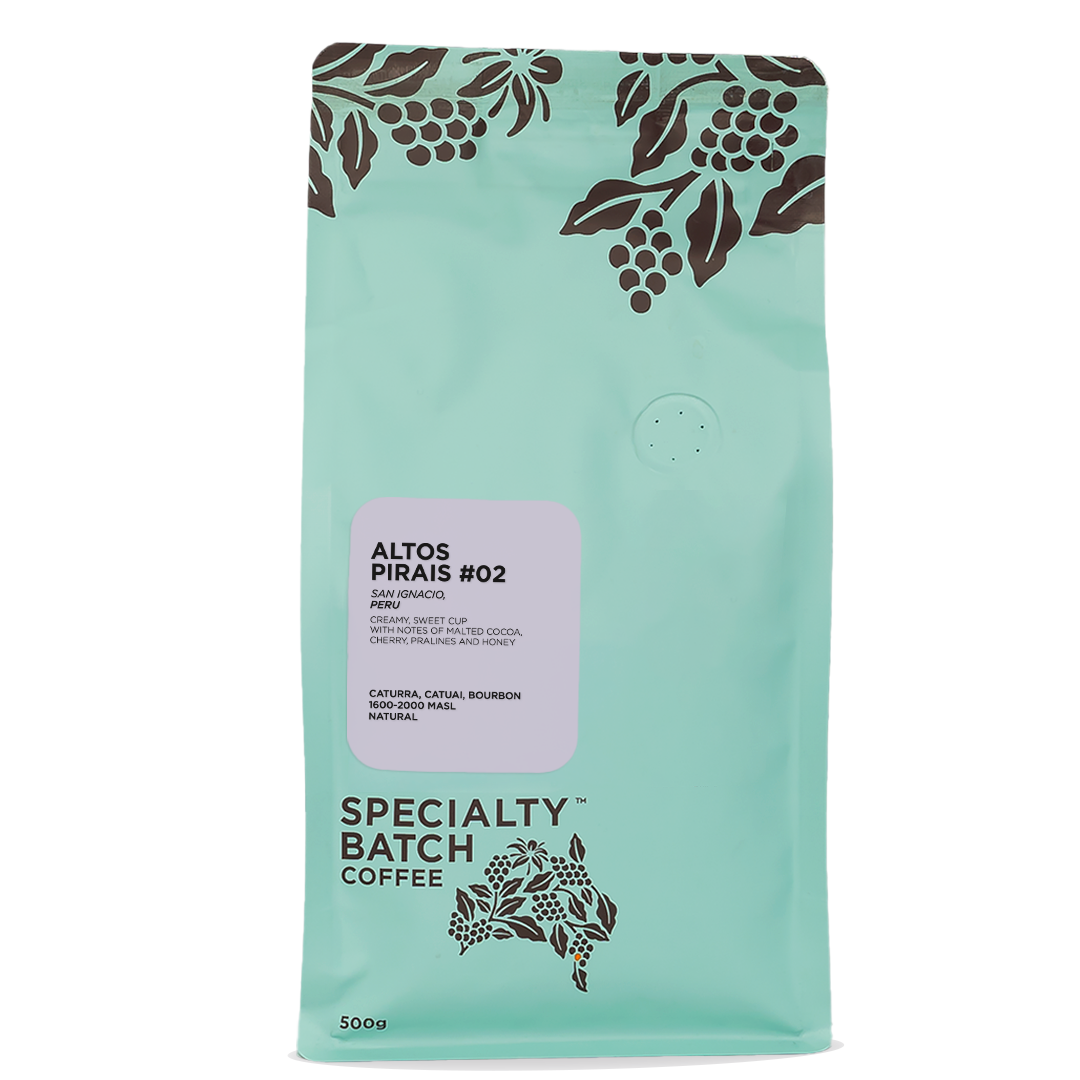
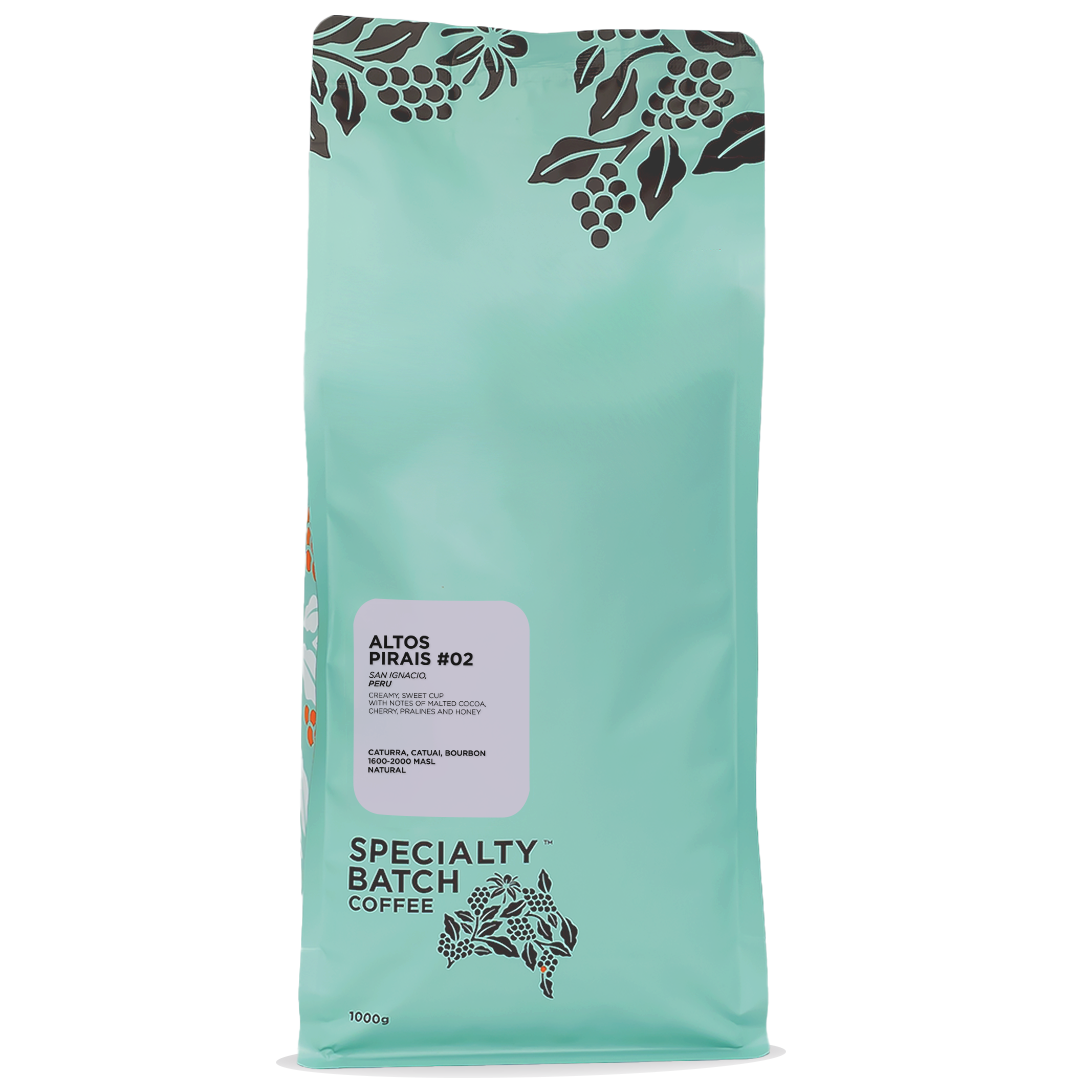

Reviews
There are no reviews yet.